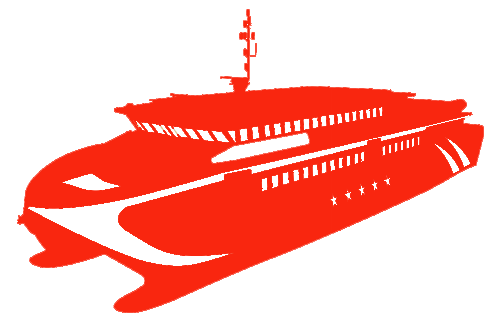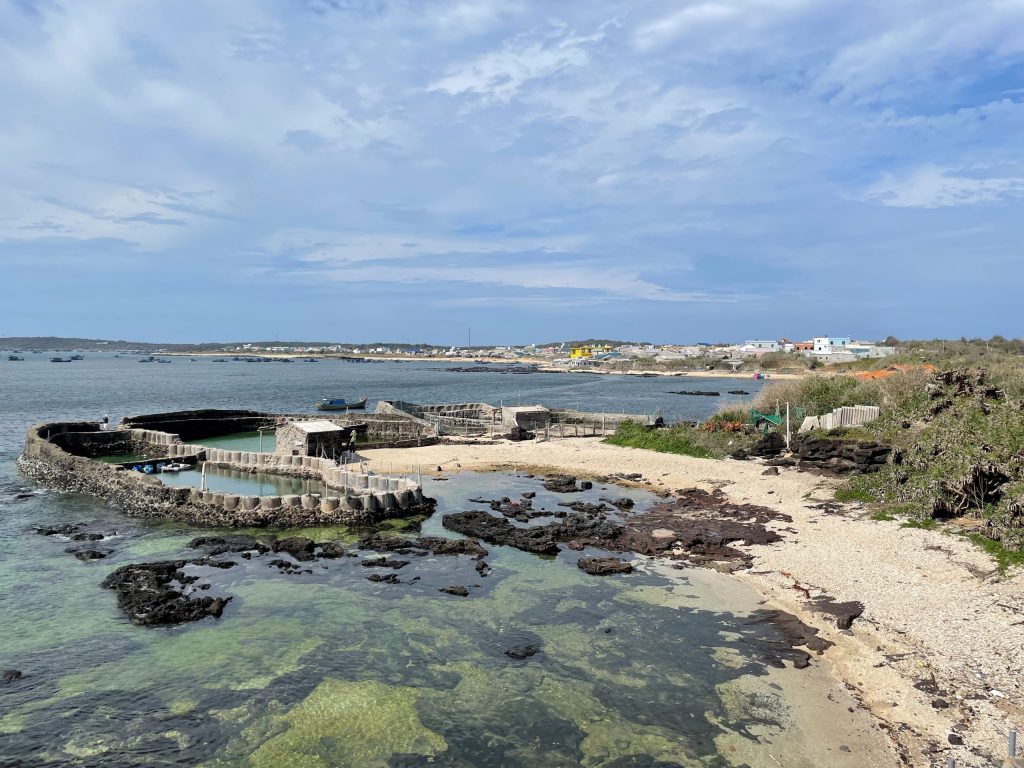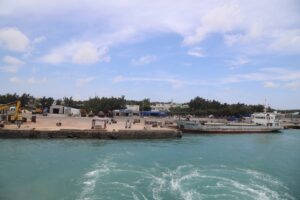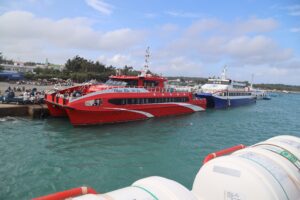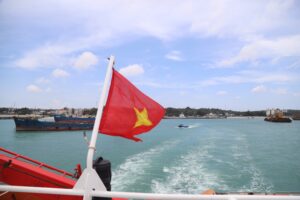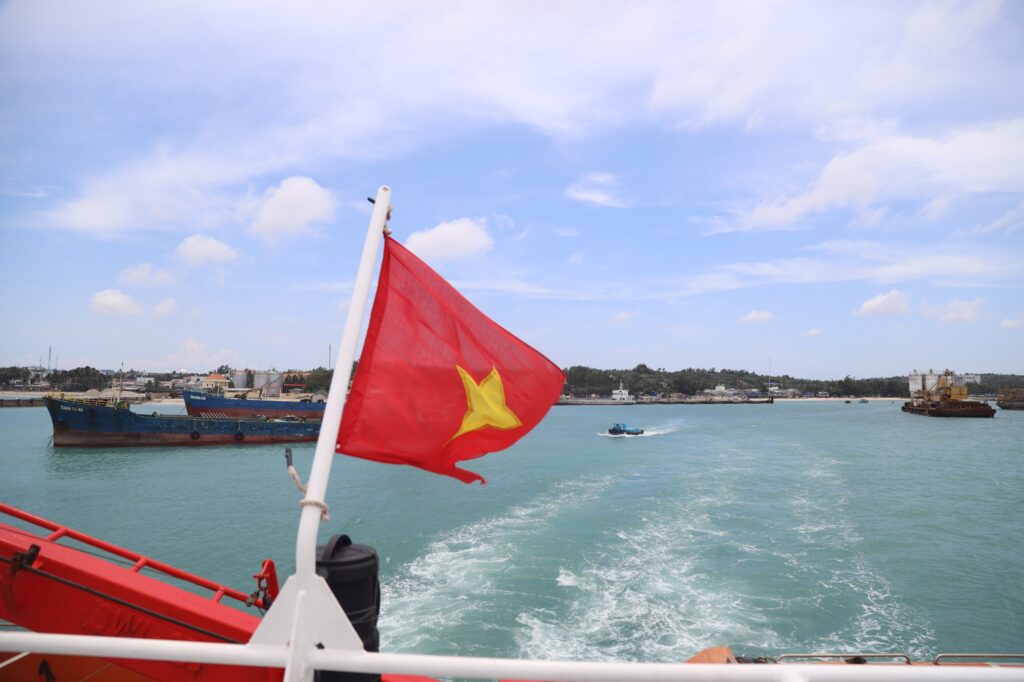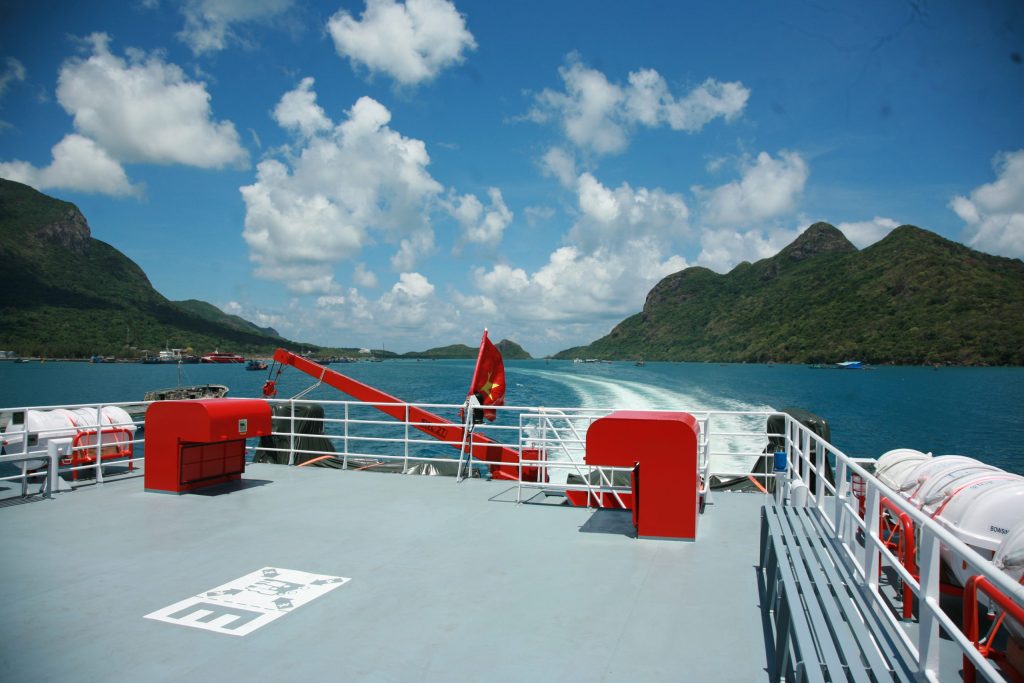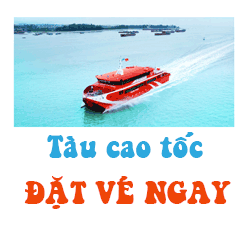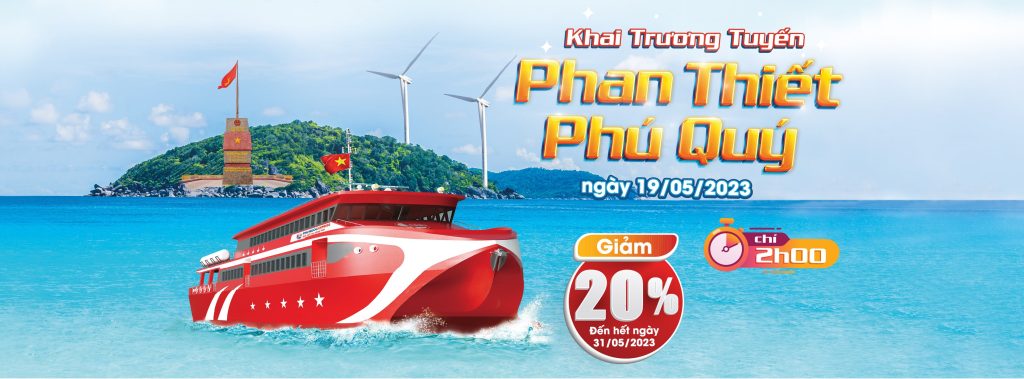Phú Quý Island district possesses all the necessary conditions for developing marine aquaculture, cultivating a diverse range of seafood including grouper, cobia, lobster, emperor crab, tiger grouper, seabass, and nipple shell snails.
The aquaculture industry on Phú Quý was established in the early 1990s, starting with only a few fish cages. Today, the district has more than 72 seafood farming facilities using cage systems, covering a total farming area of over 15,000 square meters.
All kinds of Phú Quý specialties such as moon crabs, emperor crabs, red crabs, baby spotted lobsters, and various uniquely shaped and named shellfish—like hand snail, foot snail, nipple shell snail, iron horn snail, queen snail, sea urchins—are bred by local farmers and raised in the floating cages around the island.
Before the COVID-19 pandemic, the market demand mainly focused on exports to Taiwan and China, then to provinces like Đồng Nai, Bình Dương, and Ho Chi Minh City, although prices were unstable. Since high-speed ferries have started bringing visitors to Phú Quý faster and more frequently, tourism has become a major attraction. Visitors from the mainland flock to the island to tour and enjoy fresh seafood directly at the floating farms.
Lạch Dù Fish Cage Village, Tam Thanh Commune
From the beach at Phú Lân Hamlet, Long Hải Commune, Phú Quý Island, a half-hour boat ride brings fishermen to the Lạch Dù water area, where a cluster of stilt huts form a floating “village” on the sea—known as Lạch Dù Fish Cage Village.
Located within a sheltered bay with calm waves and clear blue water revealing white coral reefs mixed with other colors beneath, about 5–6 meters deep, this stunning coral reef area spreads across nearly 1 hectare of water used for aquaculture. It borders the two communes of Tam Thanh and Long Hải.
Among the fish cage owners, Mr. Võ Sinh (42 years old) has over 20 years of experience raising groupers in Phú Quý. He owns 35 fish cages, mostly farming red and black groupers, two species with high economic value. A grouper farming cycle lasts about 16 months. In the last two years, seafood restaurants and traders have increasingly bought up groupers, pushing the price of red grouper as high as 800,000 VND/kg at times, usually fluctuating between 650,000 and 700,000 VND/kg. Black grouper sells for about 400,000 VND/kg. One harvest cycle for red grouper takes 16 months (black grouper 13 to 14 months), yielding nearly 2 tons per year and generating a profit of around 800 million VND.
There are hundreds of fish cages large and small farming groupers here, providing a substantial income that has helped improve local living standards. On weekends and holidays, the Lạch Dù cage village becomes very crowded, welcoming hundreds of visitors daily who come to experience life on the sea cages.
Currently, around 8 cage owners along the Lạch Dù coastal area combine seafood farming with fresh seafood processing services to cater to tourists interested in exploring and visiting the floating farms. They have also developed side businesses in tourism somewhat “accidentally.” The fresh, affordable seafood, scenic surroundings, and growing number of visitors from the mainland have boosted this tourism niche.
In line with the trend toward sustainable tourism development, Phú Quý district encourages cage farming facilities to invest in essential aquaculture, lodging, and dining services for tourists. They also enforce necessary conditions to ensure environmental protection and visitor safety during trips to explore Lạch Dù floating farms and enjoy fresh specialties on the open sea.
Seafood Farming Ponds in Long Hải Commune
Another unique attraction, especially for young travelers, is the seafood farming ponds located in Long Hải Commune. The district has 11 seawater ponds built with stone and cement right along the coastline, using tidal flows to fill and drain water for aquaculture.
These ponds are arranged side by side, forming a visually striking complex known on social media as Vietnam’s “Roman Coliseum.” For a long time, the ponds were abandoned, exposed to sun, wind, and sea erosion, covered with moss and algae, giving them an old, distinctive, and impressive charm.
In the last 2–3 years, visitors to Phú Quý coming to see the grave of the master Sài Nại have stopped by for photos because of the stunning scenery. However, in early 2022, pond owners began restocking seafood, fencing off the area. The walls and the so-called “photo window” frames were rebuilt as sturdy huts to store water pumps and other equipment.
Currently, tourists can only view the ponds from outside. Locals say that if you know a fisherman farming there, you may get permission to enter and freely “hunt photos” inside.


